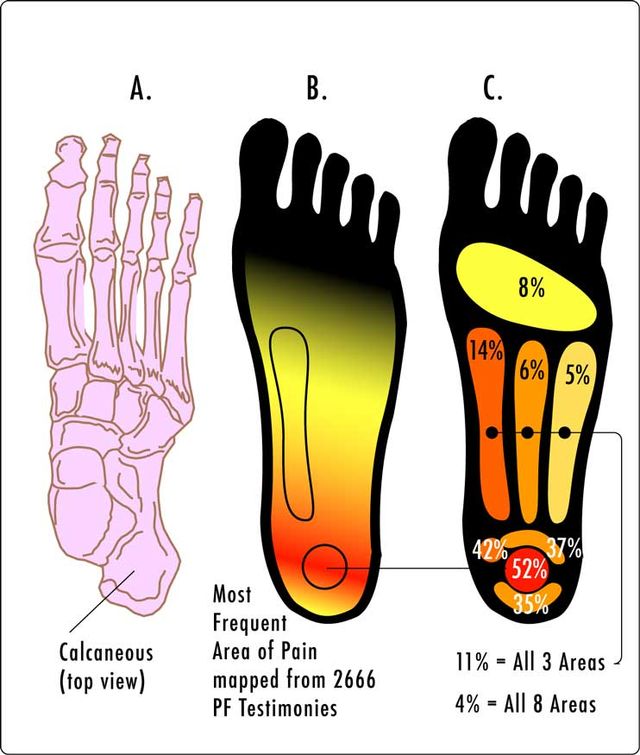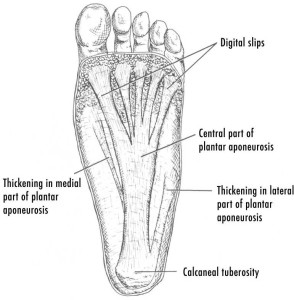Discover How Walking Can Heal Plantar Fasciitis
Imagine waking up every day and your first few hundred steps (if not more) feel like your heel was stepping directly on ground glass.
If you have ever suffered from plantar fasciitis you know that description isn’t an exaggeration.
This unfortunate experience usually passes after you’ve taken a good number of steps, and stretched out the plantar fascia, but not always.
For many, plantar fasciitis symptoms are limited to when first waking up and taking those first steps. But there are plenty of people who feel that familiar misery in their heel all day long.
The plantar fascia is a thick pad of connective tissue that connects from the heel to the forefoot.
It helps to support the arches of the foot and it also plays a role in successful walking patterns.
When we walk well the plantar fascia helps with the all-important spring action of the foot’s arches.
With every well-executed step, the arches of the feet are meant to drop and lift, playing a role in both shock absorption and propulsion.
But I can’t emphasize how few well-executed steps people take.
The common name for plantar fasciitis is a heel spur.
When plantar fasciitis develops the plantar fascia essentially tightens and as it tightens it is pulled forward from the heel towards the toes.
Instead of tearing off as it pulls forward, a calcification of bone develops to accommodate the shortening fascia. This results in a spur of bone to which the plantar fascia remains attached.
The morning unpleasantness occurs because overnight the plantar fascia pulls the toes towards the heel on the underside of the foot.
The act of stretching it back out when you wake up is the source of the ground glass experience. Which is also the name of my new rock band.
Plantar fasciitis is one of those disorders for which there is no known cause (a dubious distinction). It tends to happen to runners a lot and is often considered to be an overuse injury.
I think it happens because we don’t know how to walk or run correctly and we are no better at standing.
Walking and Plantar Fasciitis
Most people don’t realize the way they move through life exacerbates their injuries.
For so many people who get hurt and find it hard to heal, it is difficult to make the leap to think that it is the way they walk, sit, and stand that prevents them from healing.
Walking and plantar fasciitis are always linked even if the way you walk didn’t lead to your plantar fasciitis.
Because changing the way you walk is a sure way to alleviate plantar fasciitis.
And here is a simple tip to change the way you walk that might be impacting your plantar fasciitis issues.
Listen to the sound of your heel when you walk. It is probably too loud and you are probably hitting your heel too hard.
Give your heels a break with shorter steps and the often painful relationship between walking and plantar fasciitis will improve.
Changing the way you walk is the sure way to alleviate plantar fasciitis but this video about rolling a tennis ball under your foot can be helpful in the short term.

